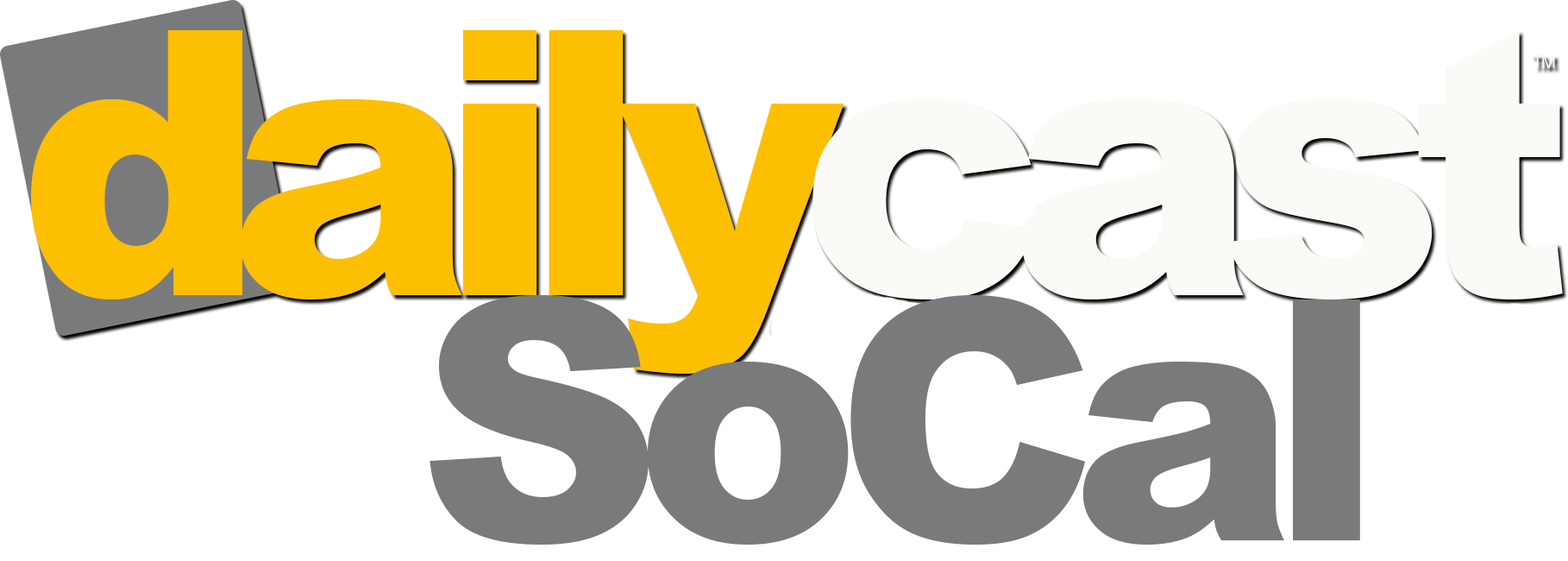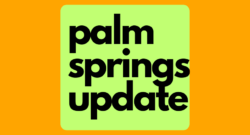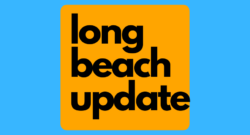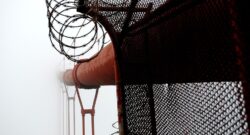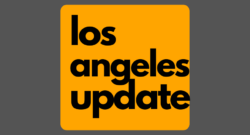Author: dailycastsocal
$3 Million Homes in California – The New York Times
$3 Million Homes in California The New York Times Source link
Two Shootings, Two Stabbings Reported in Long Beach Within 24 Hours
Long Beach police are investigating a series of violent incidents, including two stabbings and two no-hit shootings, that occurred between Friday evening and early Saturday morning across the city. On Aug. 29, 2025, at approximately 5:56 p.m., officers responded to the 5800 block of Gundry Avenue regarding a shooting. Investigators said a male adult suspect fired a single round at a male adult victim after a verbal altercation. No one was injured, but a vehicle was struck by gunfire. The suspect fled, and the investigation remains ongoing. Just over two hours later, at 8:05 p.m., officers were dispatched to the 1200 block of Walnut Avenue for a reported stabbing. Officers found a male adult victim with a non-life-threatening stab wound to the upper body. Long Beach Fire Department personnel transported him to a local hospital. Minutes later, at 8:17 p.m., another stabbing was reported in the 5400 block of Atlantic Avenue. Police said a male adult victim suffered multiple non-life-threatening stab wounds to the upper body. He was also transported to a hospital for treatment. Both stabbing cases remain under investigation. In a separate incident, on Aug. 30, 2025, at approximately 3:39 a.m., officers responded to the 1100 block of Atlantic Avenue after reports of gunfire. Evidence indicated that a female adult suspect fired shots in the direction of a group of men who ran from the scene. No victims were found, and no injuries were reported. Police have not announced any arrests in connection to the shootings or stabbings. The back-to-back incidents raise concerns for many Long Beach residents about public safety. With shootings and stabbings reported within hours of each other. Police urge anyone with information on any of these incidents to contact Long Beach detectives. Related Source link
Festivals and Fairs: Celebrating Southern California’s Vibrant Communities
Southern California is an enchanting tapestry of cultures, traditions, and communities, each woven together through a series of lively festivals and fairs. These events create an unparalleled opportunity for residents and visitors alike to experience the rich heritage and diverse flavors of this sunny region. From art exhibitions to culinary showcases, each festival serves as a gateway to understanding the unique narratives that shape Southern California. Embracing Local Culture Each year, communities across Southern California come alive with vibrant celebrations that highlight their historical and cultural significance. One of the most beloved events is the annual Los Angeles County Fair, showcasing entertainment, agriculture, and culinary delights that reflect the heart and soul of the region. Here, families gather to enjoy thrilling rides, artisanal foods, and the creative talents of local artists. Culinary Delights The culinary festivals in Southern California are truly a feast for the senses. Events like the California Avocado Festival in Carpinteria celebrate local produce while promoting healthy eating and sustainability. Visitors sample various dishes featuring California’s famed avocados, attend cooking demonstrations, and even engage in avocado-themed contests. Art and Music Artistic expression flourishes through festivals such as the Coachella Valley Music and Arts Festival, where diverse musical acts draw crowds from near and far. Beyond the music, the festival’s art installations offer an immersive experience, fostering community through shared creativity. Local artisans also showcase their work, reflecting the vibrant spirit of Southern California. Seasonal Celebrations As the seasons change, so too do the celebrations. The Oktoberfest in Big Bear Lake is a wonderful example of a seasonal fair that brings together people to enjoy traditional German food, music, and festivities amidst the serene backdrop of the mountains. This celebration fosters a sense of community, inviting everyone to partake in the joy of togetherness. Family-Friendly Experiences Family-oriented festivals abound in Southern California, ensuring that all ages can join in the celebration. The San Diego County Fair features rides, games, and endless entertainment options, all designed to create lasting memories. Highlights include the livestock exhibitions, pie-eating contests, and performances from local bands, bringing smiles to faces young and old. Conclusion Southern California’s festivals and fairs offer more than just entertainment; they are a celebration of diversity, unity, and community spirit. Each event invites participation, fostering connections between individuals and cultures. As communities gather to celebrate their heritage and creativity, these festivals remind us of the vibrant lifestyle that defines this beautiful region.
Exploring PALM SPRINGS on 30-day USA ROAD TRIP (travelvlog)
Join me and my twin sister on an epic adventure as we explore the desert oasis of Palm Springs during our 30-day road trip … source
Cosm dome theater in Inglewood / Los Angeles
Cosm Los Angeles is a massive dome theater that’s ultra realistic. You can watch live sporting events and artistic shows. source
Dolphins present high octane stunts at SeaWorld San Diego #shorts #animals #funny #trending #travel
india #california #sandiego #usa #korea #japan #dubai #orlando #seaworld #malaysia #thailand #vietnam #mexico #canada … source
Contributor: Why California universities must fight Trump in court – Los Angeles Times
Opinion: California universities need to challenge Trump legally Los Angeles Times Source link
